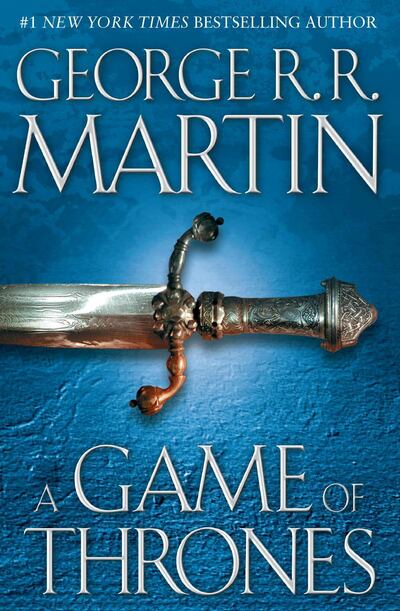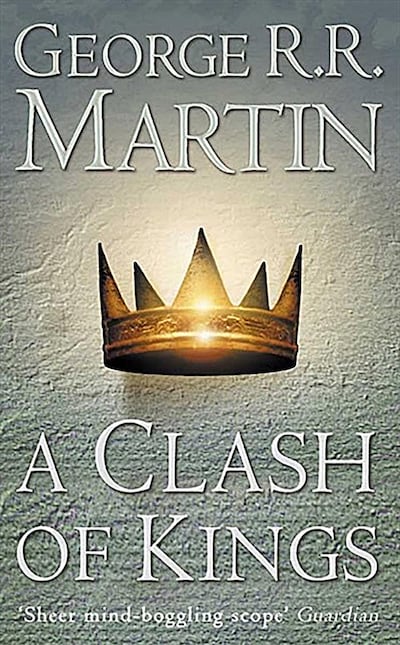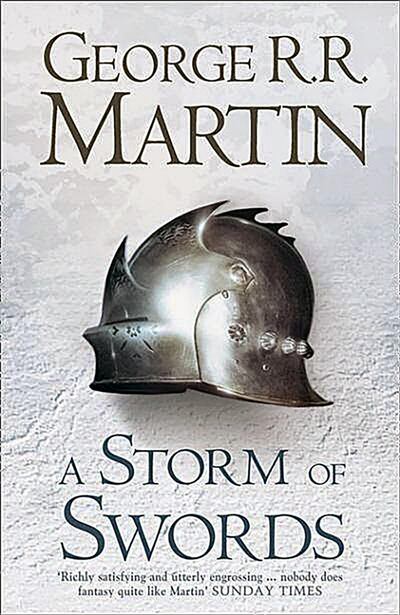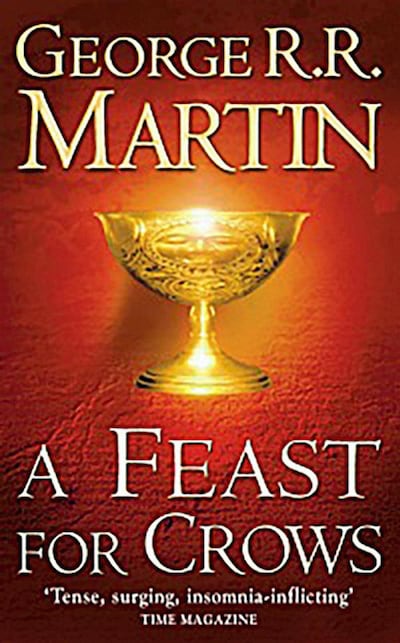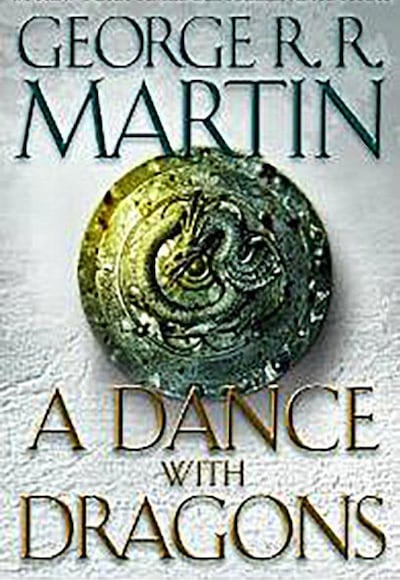I have something to admit: I'm in an abusive relationship with George R R Martin, the author of the books that inspired the hit TV show Game of Thrones. He doesn't know it, but while I love what he has produced, I feel I have been misled by promises he made early in the relationship that he has failed to deliver on. I don't despise Martin for killing off my favourite character (twice) or executing the entire direwolf family (almost). I'm disappointed in him for not killing off more characters – that is to say, for not writing what he promised us years ago: the final two entries into his seven-part A Song of Ice and Fire (ASOIAF) series.
I was hooked on the series within the first few pages. I shot through 4,000 pages of books to get to the newly released entry. It was 2011, Martin had just dropped book five and I was ready. But it’s been eight years since. He’s given everything he has to two Hollywood producers to make an amazing show, but has left fans of his books behind. For years, he promised book six was coming (a bit like he did with winter), until he stopped making empty pacts with us all together. At the beginning of 2018, instead of dishing out the false hope we’ve clung on to for almost a decade, his publishers straight up said, “Don’t expect book six this year”. This week, episode one of the final season has already aired, and we still haven’t gotten last season’s book.
I’ve resigned myself to thinking that maybe in Martin’s twisted, beautiful mind, the only possible ending to his beloved series, is his own untimely death. Martin once said the character he most associates with is the endlessly sharp, witty Tyrion Lannister, one of my personal favourite characters (along with Jorah Mormont and Cersei Lannister). Now, to me, Martin more resembles Robert Baratheon than anyone else. It’s a shame.
And yet, despite my bitterness (and simultaneous admiration) towards Mr Martin, I’ve read his books several times. So here's my recap on them all.
'A Game of Thrones' (1996)
Masterful writing and perfect pacing sets the tone for the whole series. The first entry makes it clear that despite its even distribution of chapters told from the point of view of the nine featured characters, that Eddard Stark of Winterfell, or Ned, was the protagonist of the story. So, naturally, I started rooting for him and got prepared for a generic face-off with the Lannisters, which I foolishly believed were the antagonists. Then, they chop Ned's head off and completely turn any sort of alliances or character loyalty you had on its head. Far from drawing my ire, like other notable deaths later did, this plot twist drove me so deep into the story that I immediately bought the entire series. You stop rooting for any one house and begin to look at the bigger picture. The severe swerves in this book prepared me for the sudden world shifts in power that will occur over the next 4,000 pages.
Until, of course, dragons started vomiting fire. Oddly enough, I am not a fan of heavy magic in fantasy novels; I prefer the realpolitik and historical aspects of these stories much more. So, naturally, I hoped the fossilised eggs remained dead. I was not happy when the dragons came to life – it felt like too much of a trump card for the game of thrones that Westeros was playing. But then again, winter was coming, I remembered the white walkers, I read the title of the book (A song of ICE and FIRE) and figured it out. The ending was basically a case of how I learned to stop worrying and love the dragon.
'A Clash of Kings' (1998)
This episode in the series is a nice setup for what surely will be an epic battle between the North, now with a King, Ned's son Rob (my favourite character on first read), and the crown. This was almost the litmus test for ASOIAF fans. Thousands of characters are introduced, with allusions to thousands of years of history, all the while running three parallel story arcs that you can't help but believe are destined to come crashing on top of each other. There's real momentum, and an amazing set-up that gives breadth to the series while hurtling towards the events to come. Notably, there are almost no monumental deaths, like King Robert Baratheon, RIP.
'A Storm of Swords' (2000)
Ready for blood? Although significantly less gory than its TV counterpart, A Storm of Swords is really where any sort of loyalty you had to characters gets torn apart by Martin's ruthless pen. This book has one of the highest death counts in the series. Again, I foolishly started rooting for Robb Stark, Ned Stark's eldest son, heir to Winterfell, and now crowned King of the North.
This book is ASIOF at its best: ruthless battles, a deep dive into the convoluted politics of Westeros and some timely twists of fate finally positioning the Starks favourably against the increasingly vindictive Lannisters. Robb takes a break from the endless campaign that is leading him south to King's Landing by attending his uncle's wedding. It's a rare moment of joy in an otherwise dire book. The scene is actually jovial. Then Robb, 3,500 of his most loyal banner men and his direwolf get murdered to the Rains of Castamere, a song about Tywin Lannister, the song lionising his rise to power and the brutal murder of every member of the rebellious House Reyne. By this point, I was fully anxious when I read.
'A Feast of Crows' (2005)
Reading books in this series is a lot like eating a pack of wine gums: you have your favourite colours but sometimes you have to get through the yellow ones. This book is the yellow one. It’s by a long shot my least favourite in the series, mostly because I do not care much for the point of view of the characters featured in this one. For example, Cersei’s rise is portrayed much more eloquently in the TV show.
This is also where, in my opinion, Martin begins to loosen his grip on the story. Originally planned as one book, he had to split off book four into what would eventually become A Feast for Crows and A Dance with Dragons. I have a feeling he left the good characters and story arcs for book five, but then why did it take him eight years to write it? Perhaps we'll never know. Anyway, I may not have enjoyed this book, but I did get through it...
'A Dance with Dragons' (2011)
If book four was yellow, this is all purple (my favourite colour of wine gum). This is where Daenarys's return to form and legitimate claim to the throne crystallises. Taking place in even parts on both sides of the narrow sea, book five has some of the most interesting and geographically different story arcs in the series.
King Stannis takes the wall and Jon Snow begins to realise his potential. Somehow, it feels like this book might answer one of the biggest mysteries of the series: who are Jon Snow’s real parents?
The greatest part of this book is that it’s all pointing towards one moment, where you feel as though all these characters will come clashing against each other or bear arms together. This is also the first time in the series where I felt the characters were fully beginning to realise what the Starks have been warning them about for years: that winter is coming. Well, that is, if Martin ever decides to bring it home.
Naser Al Wasmi is a senior reporter for The National

